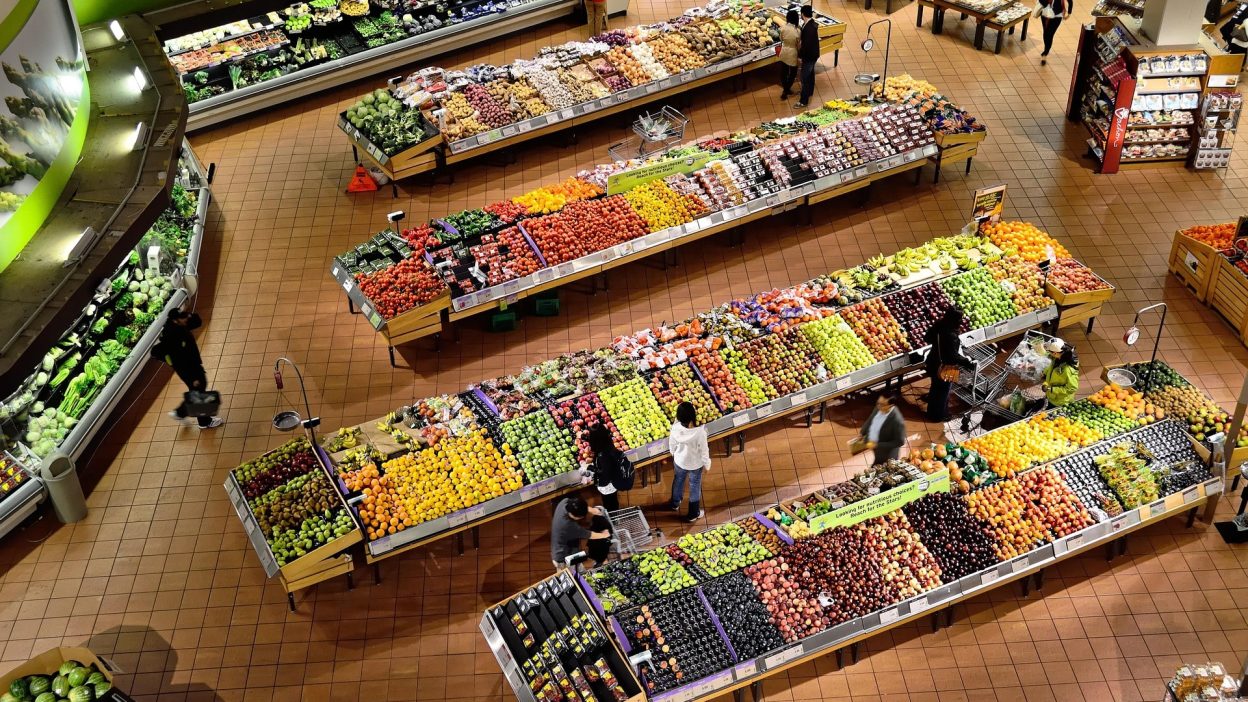Learn how to outsmart grocery store tricks and ensure you’re buying the freshest, safest, and highest-quality products with these essential shopping tips. Stay informed and shop smarter today!
Grocery shopping is a necessary routine, but ensuring you get fresh, safe, and high-quality products can be a challenge. From misleading labels to sneaky tricks used by retailers, shoppers often fall prey to tactics designed to prioritise profit over quality. But fear not—armed with the right knowledge, you can navigate your local grocery store with confidence and make the best choices for you and your family.
1. Avoid Prepackaged Convenience Foods
Prepackaged cold cuts, sliced cheeses, fruits, and ready-made deli trays might seem convenient, but they come with risks. These foods are often nearing their expiration dates or have been packaged in a way that promotes bacterial growth. Labels on prepackaged items can be deceptive, as they are sometimes updated multiple times a day.
Instead, opt for fresh cuts prepared in front of you or factory-sealed packaging. It’s safer and often fresher.
2. Be Cautious in the Deli Section
Ready-made salads and deli items may hide old or expired ingredients. Look out for:
Overpowering garlic, herbs, or spices: These are often used to mask the flavour of old food.
Mayonnaise-based salads: These expire faster than those with oil dressings.
Meat or fish salads: These perish quicker than vegetable-only options.
To be extra cautious, choose undressed salads that can be stored for up to two days and check if the deli adheres to FDA safety regulations. For instance, salads should be kept in glass dishes (not metal), and staff should wear disposable gloves while handling food.
3. Inspect Packaging for Damage
Damaged packaging, such as dents, cracks, or dried liquid stains, often indicates improper storage or transportation. These flaws could lead to contamination or product spoilage. Perform a thorough check, and if a package looks damaged, it’s better to avoid it entirely.
4. Examine Fresh Goods Thoroughly
Retailers use tricks like flattering lighting and deceptive practices to make fresh produce or meat appear more appealing:
Meat: Bright red meat might be treated with nitric oxide (curing salt) to retain its colour. Avoid pieces that look overly wet, as they’ve likely been sprayed with water to appear fresher.
Frozen foods: Excess ice glaze on frozen items suggests they’ve been thawed and refrozen, which can be dangerous for your health.
Fruits and vegetables: Naturally grown produce often has duller colours and minor imperfections, which indicate authenticity. Greenhouse-grown items may look flawless but often contain chemicals.
5. Don’t Be Drawn to Bright Colours
Brightly coloured food doesn’t always mean better quality. For example:
Cheese: Naturally, cheese is pale yellow or white. Bright yellow hues are often a result of colouring agents.
Salmon: Vibrant pink shades are often due to chemical colouring.
Ketchup and sauces: Opt for subdued colours, as these indicate more natural ingredients.
6. Pay Attention to Shelf Placement
Retailers place the most expensive and expiring products at eye level or in the centre of display cases to draw your attention. To find fresher and more affordable options, look at the back of the shelves or on the very top and bottom rows. A little extra effort can save money and guarantee better quality.
7. Understand Food Labels
Labels like “Milkies” or “Cheese O’s” indicate products that are not made with real milk or cheese. Similarly, terms such as “No sugar added” may signal the use of chemical sweeteners. Instead, carefully read the ingredients list to ensure you’re getting genuine products.
8. Think Twice About Organic Labels
While organic food avoids synthetic fertilisers and pesticides, not all products claiming to be organic are authentic. Check for a PLU sticker with a five-digit code beginning with ‘9’. This indicates certified organic produce. Without this, the product may not be truly organic.
9. Buy Locally Sourced Goods
Local products are fresher since they require less transportation, reducing the risk of spoilage. Plus, buying local supports your community and often ensures higher-quality items like fruits, vegetables, and dairy.
10. Consult Store Workers for Insight Staff members can provide useful information about product quality, restocking schedules, and the freshest items available. While they may follow instructions to arrange goods for marketing purposes, many will offer honest advice if asked directly.




